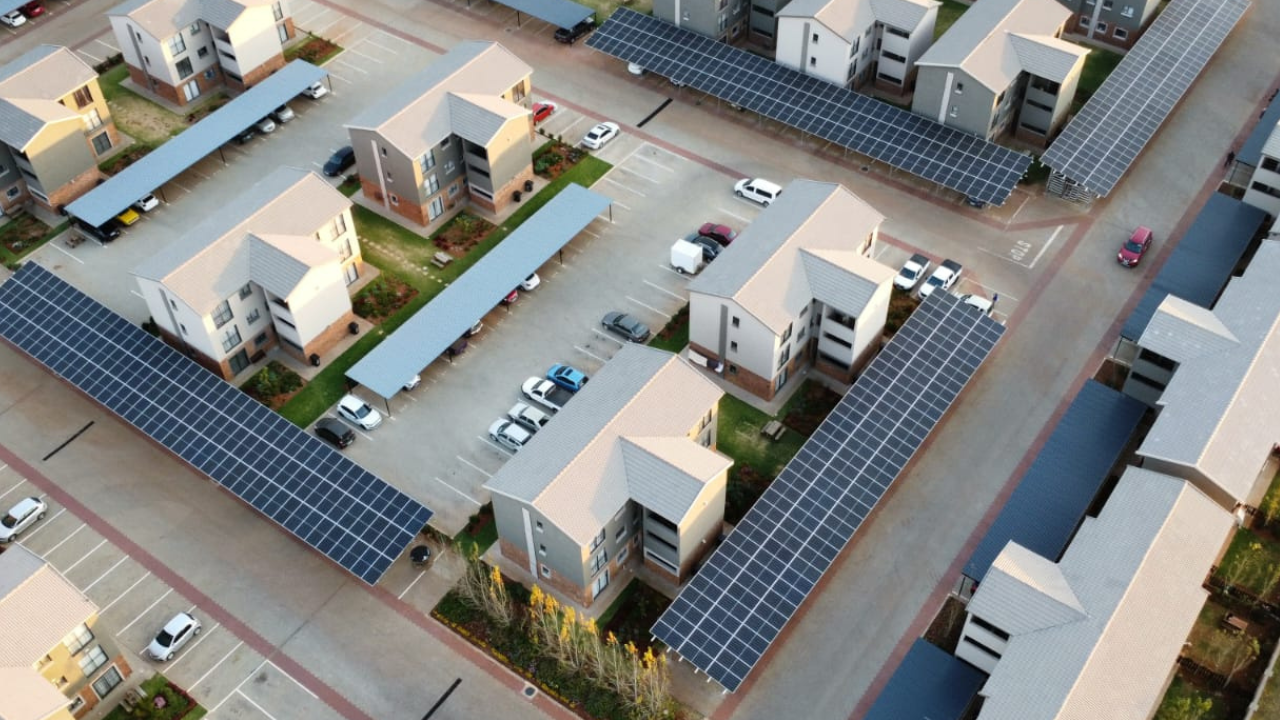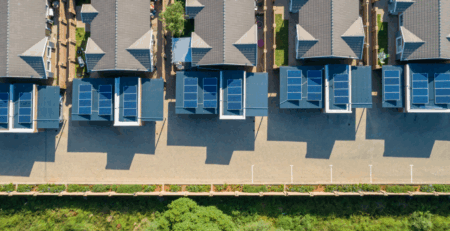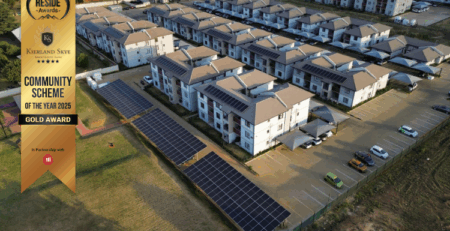Who’s responsible for solar maintenance in complexes, estates and blocks of flats? Here’s what you need to know
As more sectional title schemes across South Africa turn to solar and battery backup systems to beat load shedding and rising electricity tariffs, one crucial question often arises: who’s responsible for maintaining the system? The answer isn’t always simple, but it’s essential to get right.
Maintenance and responsibility - who does what?
In sectional title schemes, responsibility for solar and battery system maintenance depends on where the system is installed and how ownership is structured. Here’s how it typically breaks down:
Common property vs. exclusive use areas
- If the solar panels or batteries are installed on common property, like a shared roof or carport, the body corporate is usually responsible for their maintenance.
- If the installation falls within an Exclusive Use Area (EUA) — such as a balcony or sectioned-off rooftop area — the individual owner is typically responsible for upkeep, including cleaning, repairs, and insurance.
Conduct rules and agreements matter
Conduct rules should clearly outline who is responsible for maintenance, insurance, and any associated costs. A well-drafted set of rules can prevent disputes and ensure systems are maintained efficiently.
- Want to install on an EUA? You’ll need a special resolution (with at least 75% of owners voting in favour).
- Bodies corporate may charge owners with exclusive use rights extra levies to cover shared maintenance costs — unless the rules specify otherwise.
READ: Understanding solar battery backup systems: a necessity for South Africans
Keeping solar systems in top shape
Once installed, solar and battery systems don’t need much day-to-day attention — but regular upkeep is still key to ensuring long-term performance and cost savings.
Solar panel maintenance
- Clean panels regularly to remove dust, leaves, or bird droppings that can block sunlight and reduce efficiency.
- Cleaning frequency depends on local conditions; every 6–12 months is a good rule of thumb.
- In areas with high dust, tree coverage, or sea air, consider professional cleaning every 1–2 years.
- Watch for shading or pest damage, which can affect system performance.
Battery and inverter maintenance
- Store batteries in a cool, dry place to protect their lifespan.
- Wipe batteries and inverters with a dry cloth to keep dust at bay — but never use water or cleaning agents on electronics.
- Monitor performance to catch issues early and schedule professional checks as needed.
How Bright Light and STS simplify maintenance
At Bright Light, we partner with Sectional Title Solutions (STS) to offer hassle-free solar and battery solutions designed specifically for sectional title schemes. Through our Power Purchase Agreements (PPAs), there’s no upfront cost, and maintenance is built into ensure peace of mind.
- We help with ongoing maintenance and real-time monitoring, making solar adoption seamless for bodies corporate.
- Bright Light’s battery backup options help keep power flowing, even when Eskom doesn’t.
READ: Key considerations for installing a roof-mounted solar system in your sectional title scheme
Ready to go solar?
Clear agreements, proactive maintenance, and expert partners like Bright Light make solar energy a practical, affordable, and resilient option for sectional title communities.
Let’s power your scheme forward — the smart, sunny way.




